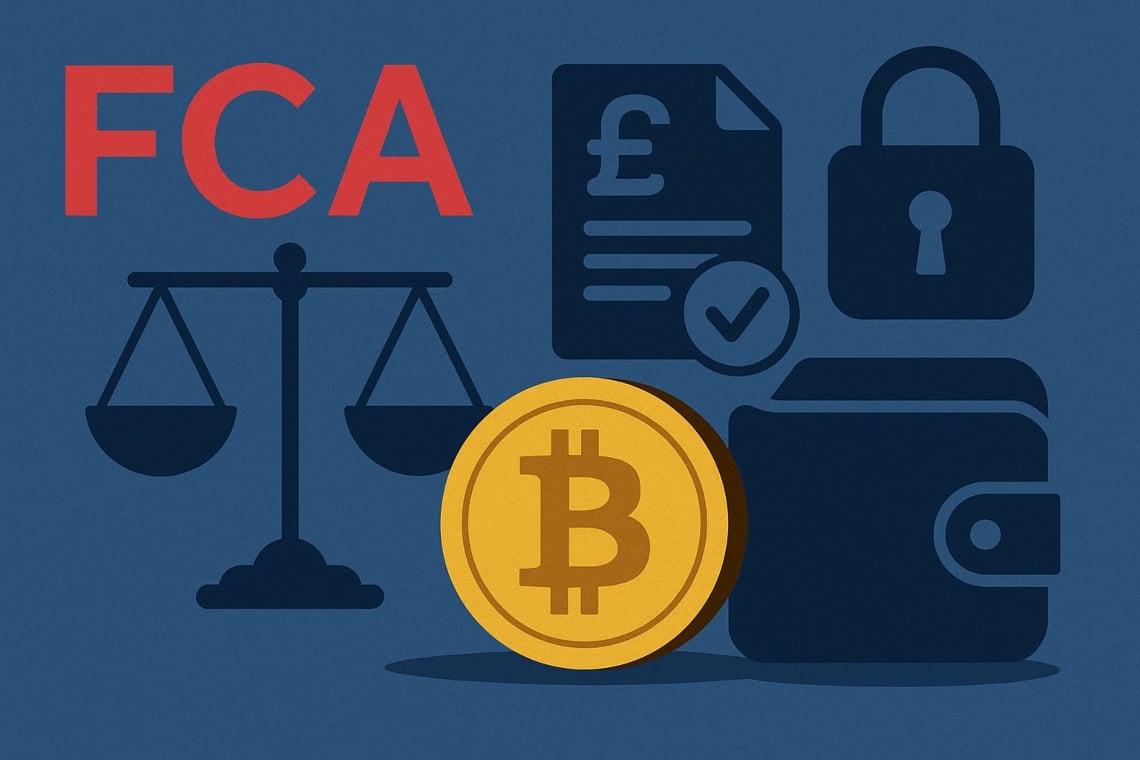Bank of England Backtracks: Stablecoin Caps Are Just Temporary Measures
TLDR
- Bank of England Deputy Governor Sarah Breeden confirmed that proposed stablecoin holding and transaction limits will be temporary, not permanent restrictions
- The limits, expected to range from $13,429 to $26,858 for individuals, aim to prevent rapid bank deposit outflows that could reduce credit availability
- The central bank plans to remove these caps once the financial system adapts and stablecoins no longer threaten real economy financing
- Large businesses and companies in the UK’s digital sandbox may receive exemptions from the proposed limits
- A consultation on the detailed regulatory regime will launch before year-end, with final rules expected in 2026
The Bank of England has addressed concerns about its planned stablecoin restrictions, stating the measures will be temporary rather than permanent. Deputy Governor Sarah Breeden made the clarification during DC Fintech Week on Wednesday.
The central bank first proposed stablecoin limits in a November 2023 discussion paper. The restrictions would cap how much individuals and businesses can hold in stablecoins pegged to the British pound.
Industry groups criticized the proposal when it advanced in September 2024. Critics argued the limits would harm innovation and make the UK appear unfriendly to crypto businesses.
Breeden explained the temporary limits serve as a stopgap measure during the transition period. The bank wants to support stablecoins as part of a “multi-money system” long-term.
The proposed limits would range from 10,000 to 20,000 British pounds ($13,429 to $26,858) for individual users. Businesses would face higher caps, though specific amounts remain under discussion.
The BOE’s primary concern involves rapid outflows from traditional banks into stablecoins. Such movement could cause a sharp drop in available credit for businesses and households.
Managing the Transition Period
Breeden stated the limits allow the financial system to adjust gradually to stablecoin adoption. This concern carries extra weight in the UK, where credit depends more heavily on banks compared to the United States.
The bank plans to monitor stablecoin adoption rates during this period. Officials will assess potential rapid changes to the financial system structure.
Breeden confirmed the BOE expects to remove limits once the transition no longer threatens real economy financing. The timeline depends on how quickly the system adapts.
The central bank will launch a consultation before year-end seeking industry feedback. The consultation will cover proposed limit levels and implementation methods.
Exemptions and Special Cases
Officials are considering higher limits for businesses than individuals. Supermarkets and other large companies may receive full exemptions from the caps.
Companies operating in the UK’s digital sandbox could also get carveouts. The sandbox launched in October 2024 as a testing ground for digital ledger technology.
The regulatory framework divides responsibilities between two agencies. The Bank of England will regulate systemic sterling stablecoins used widely for payments.
The Financial Conduct Authority will oversee other stablecoins under less strict rules. This split approach aims to balance innovation with stability concerns.
Breeden emphasized the need for industry collaboration going forward. Both established firms and new entrants must work with regulators to develop use cases.
The Bank of England is developing a resolution regime with the Treasury. This framework would ensure service continuity if a stablecoin issuer fails.
Breeden rejected claims that Britain has been slow on crypto regulation. The BOE expects to finalize its regulatory framework in 2026, matching US timelines.
The post Bank of England Backtracks: Stablecoin Caps Are Just Temporary Measures appeared first on CoinCentral.
You May Also Like

FCA, crackdown on crypto: Consumer Duty and custody rules

Yesterday, the whale that shorted BTC for $140 million also opened a 3x long position on ETH, with a holding of $19.7 million.
